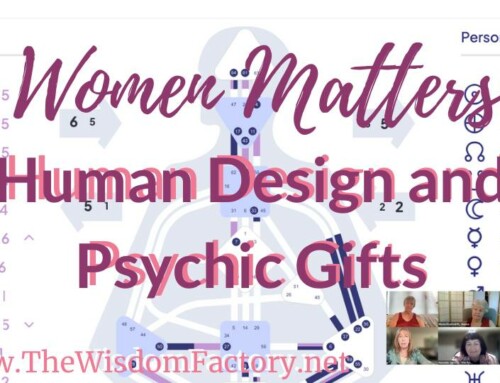
The importance of changing our attitude towards death
with Beatrice Antonie Martino

HEIDI´S INTRO
It is quite unusual that a young woman dedicates her academic graduation to the theme: death and grief with the intention to be an advocate for re-integrating these taboo topics back into our life. Beatrice has just earned her MA by uniting her intellectual research with her artistic inclinations. She set up a visual arts installation which was opened to the public the day before the Corona shutdown. Hopefully it can be shown some day in the future.
What is someone going through when she loses a person who was very close? How do the others respond to their loss? The common experience is that people might come to the funeral or just send a card. After a few weeks nobody connects with the mourning person in the sincere inquiry of how they are feeling, how they are coping with the loss, what is going on in their hearts and heads. People avoid asking and expect that you behave as if nothing had happened: go to work after a few days or weeks – or even the next day – as if you had just overcome a minor illness. Poeple expect you to not talk about your present state, they don’t want to be bothered. Why?
We have outsourced death out of our lives, we send the dying people into hospitals and hospices – if there are any. Hardly anyone dies at home surrounded by family and friends. We have lost, or better suppressed, the deeper knowing that death is part of life and that fear of death equals fear of life. We cannot live fully our lives when we constantly fear death and try to not be reminded by avoiding everything connected with it. Our materialistic culture has impacted us to the point that most of us don’t even realise this deeply ingrained fear and the constant attempt to run away from it. I certainly can see it arise in myself and recognise the necessity of developing practices and tools to face the fear and to lean into the inevitability of losing loved ones and dying oneself, today, tomorrow or some day in the future. Who knows?
Beatrice’s work aims to inspire people to accept their grief and to find ways to go through it in good ways, in order to live and enjoy life fully. It was a real joy to talk with her and to be enticed by her positive energy and dedication to follow her heart and her passion.
ABOUT BEATRICE

Beatrice’s artistic work






Leave A Comment